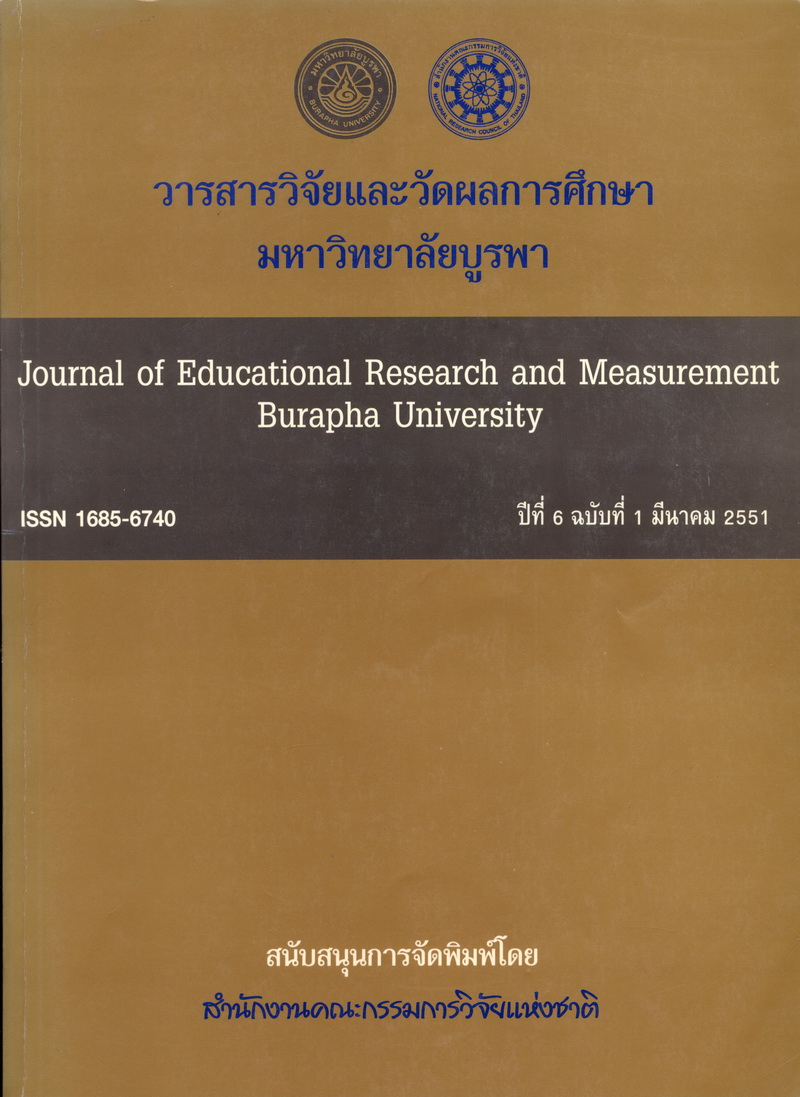Good Governance of Public University: Multi Case Study
Main Article Content
Abstract
Thai universities, located in northern and northeastern regions of the country. A mixed-method, integrated design (quantitative before and qualitative after: QuanQual) was employed. The participants were 226 stakeholders from both universities. Questionnaires and semi-structured interviews were used to collect data. Results from the quantitative part of the study indicated that the two public universities were generally at the medium level in overall good governance, and on five related components, while being at the high level on effectiveness. In the qualitative part of the study results were different, indicating the
universities to be generally at a low level on three components of good governance, transparency, equity, and participation, while at a satisfactory or good level on the components of freedom, effectiveness, and flexibility. Differences on some governance components and issues became more apparent when specific comparisons were made between the two universities. Given the results from this study, it is apparent that universities and related organizations need to make an effort to detect weak governance components, and support appropriate corrective actions.
